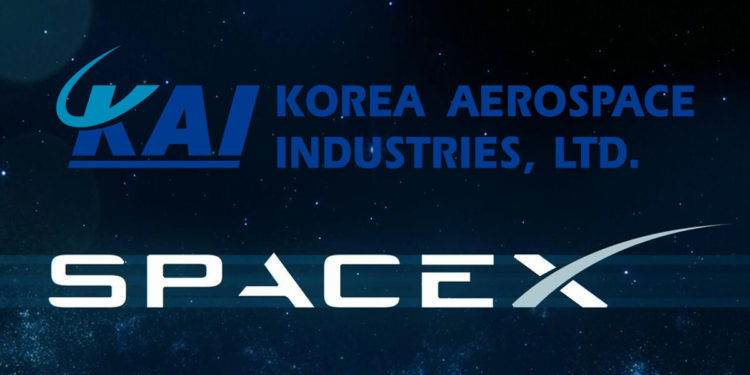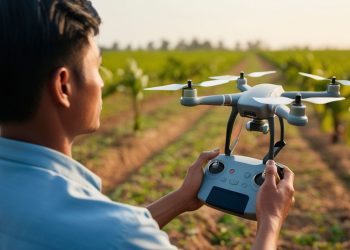Korea Aerospace Industries (KAI), the only aircraft manufacturer in South Korea, formed a strategic alliance with Space Exploration Technologies Corp. (SpaceX), an industry-leading space technology company.
Thanks to this new partnership, KAI continues to lead the country’s space industry, further elevating the private aerospace sector. Moreover, KAI signed an agreement with SpaceX to launch No.4, a next-generation mid-sized satellite projectile.
As KAI stated, it took on the deal since the US-based space transportation company has constantly delivered high success rates and reasonable costs. Furthermore, Kim Jung-ho, KAI’s Chief Financial Officer, discussed the deal’s details and SpaceX’s entry into markets across Asia.
Commercializing Satellite Businesses in South Korea
KAI is currently participating in the next-gen mid-sized satellite national development program spearheaded by the Korea Aerospace Research Institute (KARI). Founded in 1989, KARI is a government-led aeronautics and space agency providing public service and strengthening nationwide security.
In particular, the project with KARI aims to develop numerous standardized 500-kg satellite platforms using South Korean technologies. Previously in March, KAI and KARI co-developed and co-launched satellite No.1, which successfully orbits the Russian Soyuz rocket.
The two South Korean companies also plan to introduce more satellite projectiles next year. KAI would manage the satellite system’s development, including the body design, manufacture, assembly, trials, and final launch. Meanwhile, KARI would utilize its advanced technologies and extensive know-how.
KAI also unveiled its plans to conduct the development and launch of the remaining satellites, the No.2 and No.3. If the plan follows through, the aerospace company could significantly elevate Korean company-developed projectiles, reinforcing the domestic space industry.
On a similar note, KAI recently unveiled South Korea’s first locally developed fighter jet, the KF-X, in April. Besides being a milestone in the local aerospace sector, the prototype launch demonstrates the country’s advanced technological capabilities.
Fostering Aerospace Sector Growth Engines
KAI also aims to send the No.4 and No.5 satellites to space before 2025. South Korea would use No.4, the central SpaceX partnership factor, to actively monitor crop and other agricultural statuses. On the other hand, the country would utilize No.5 to keep track of forests, water reserves, and abnormal weather conditions.
Additionally, KAI plans to foster future growth engines for the aerospace industry, which currently amounts to 500 trillion won. At present, KAI is the only local company with comprehensive aerospace development expertise.
KAI President Ahn Hyun-Ho also shared that KAI plans to conduct mergers and acquisitions and establish more strategic partnerships in the future. According to the KAI President, the move would enable KAI to analyze more satellite images and deliver high-value services, including land and climate management.
Similarly, KAI and SpaceX announced that they would form more future partnerships to enhance the fast-growing global aerospace sector. Following KAI’s SpaceX collaboration announcement, its shares’ trading price increased by 2.92%.







